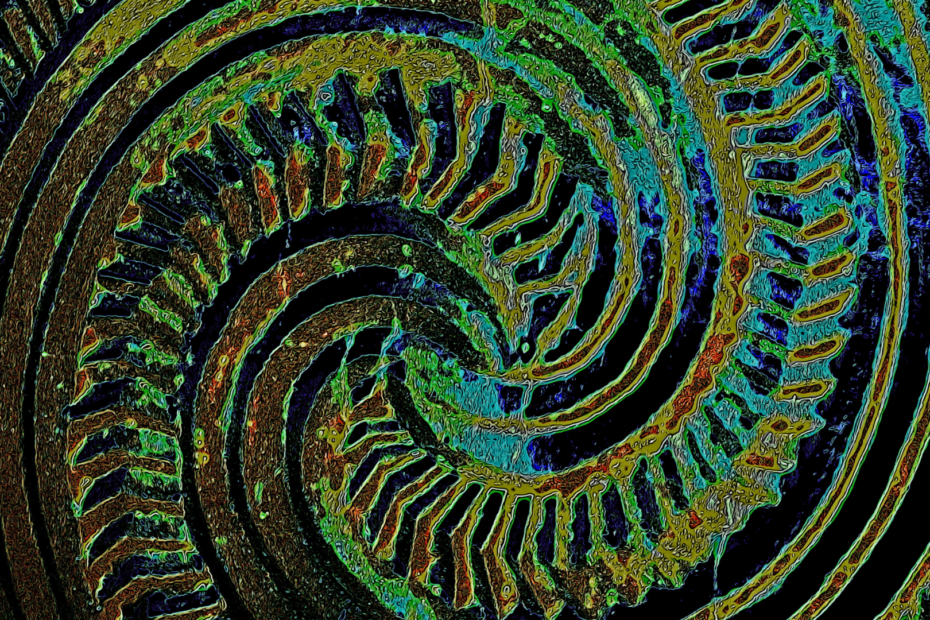If you’ve heard that painting or creating art is one of life’s greatest pleasures, then you may get inspired to begin learning as well. Since painting can be as calming and therapeutic as it is fun and rewarding, you should consider beginning your journey with some basic tutorials. After all, there are thousands of instructional painting videos available online, so if you’re a novice, you should be able to find tutorials that fit your needs.
Have you ever wanted to paint but struggled with figuring out how to begin?
Here Are Five Steps to Discovering Your Own Art Style:
- Identify Your Interests and What You Truly Love.
What do you like to do? What do you like to read? What do you spend your time doing? The first step to discovering your artistic style is to identify what it is you truly love. Do you love painting with watercolor? Drawing with colored pencils? Working with acrylics? Do you enjoy sculptures made from clay or paper mâché? Perhaps you want to create jewelry or crafts out of recycled materials. No matter what type of art you have a passion for, discovering your unique style is easy as long as you can self-analyze your hobbies. The tricky part is holding on to it.
- Identify Your Values.
What is important to you? What do you care about? What do you want to do in your life? Everyone has their unique style but discovering and expressing that style can be difficult. However, identifying your values and using them as a foundation from which to build your style can help you discover art that speaks to your personality. Identifying your values is a crucial step to discovering your art style. Many artists struggle with choosing a particular style or genre. They try various mediums, techniques, and subjects and have a tough time settling on something they enjoy. They waste years on art projects they don’t fully embrace simply because the art style doesn’t hold any value to them.
- Identify Your Goals.
What do you want to accomplish? What goals do you have? What are your long-term plans and dreams? When you set out to discover your art style, it’s important to understand your own goals. First, define the potential style that you may like. Will it be realistic? Abstract? Questionable? Try creating three boxes on separate pieces of paper. On one, write down your realistic style. On another, write down your abstract style. On the third, write down your style of questionable art. Put the two styles in the middle. After you’ve defined your style, consider the goals that allow you to address your ideology.
- Listen To Your Intuition.
What do you sense about these things? How does your intuition feel? What are your feelings? Have you ever heard of the term “find your voice”? Well, it’s finding your art (and voice) style. Note: there is no right or wrong way to develop your art, so don’t feel pressured to mold yourself into a cookie-cutter version of an artist you admire. Instead, allow your muse to guide you. Listen to your inner voice. And don’t be afraid to try new things. What your art expresses may be beyond your ability to express with words, but listening to your intuition may be the next best thing. Once you’ve established your artistic voice, you may still lack the confidence or skill to express it. Many artists find they constantly question their art, searching for ways to improve it. So, how can you recognize your artistic voice? One effective way to identify your artistic voice is to listen to your unconscious. Your unconscious may know you better than you know yourself.
- Experiment.
Do not be afraid to try new things. There are no mistakes, only opportunities to learn. Have your unique art style, and people will notice. Whether you create your own work or utilize existing works to highlight new concepts, it is essential to develop your personal style as an artist. Experiment with different styles and techniques, and see what works best for you. Browse through art books for inspiration. Attend art classes, workshops, and lectures. Experiment with different mediums, such as oil paint, acrylics, paper, and pencil.
When it comes to artistic expression, many people have a vision in their minds of how they want their pieces to look. But not everyone develops into a versatile artist regardless of their artistic aspirations. Art styles and techniques can be learned, but it takes a lot of experimentation and determination to develop your individual style that can convey your thought and emotions behind it to the art admirers.
